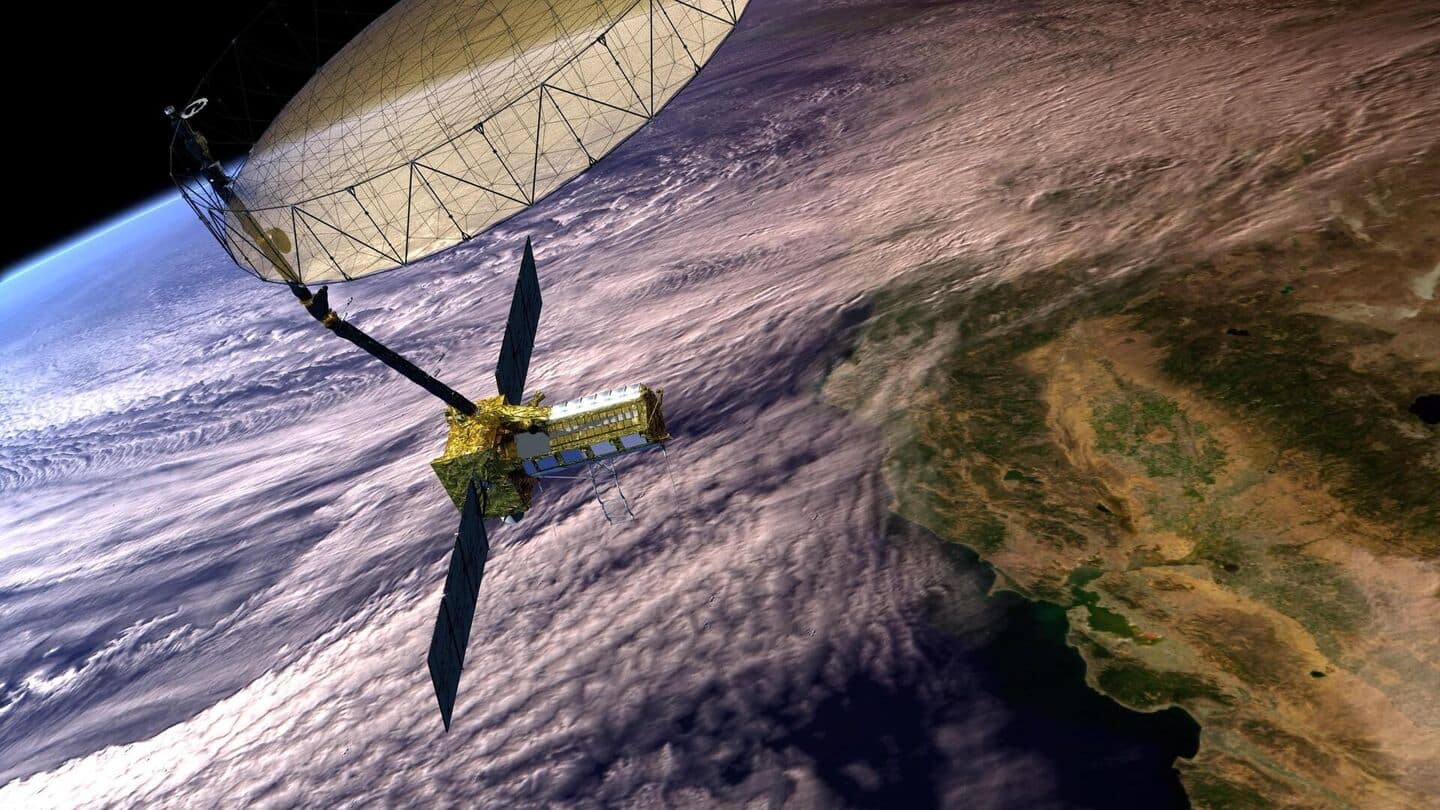
NISAR launches July 30—What to expect from NASA-ISRO's breakthrough satellite
What's the story
ISRO is gearing up to launch the billion-dollar NASA-ISRO Synthetic Aperture Radar (NISAR) mission on July 30. The satellite, a major asset for Earth observation, will lift-off from the Satish Dhawan Space Centre in Sriharikota at 5:40pm IST. NISAR will use advanced radar technology to scan the entire Earth, capturing surface shifts as small as fractions of an inch. It will support a range of applications including sea ice classification, ship detection, shoreline mapping, and storm monitoring.
Mission preparation
Scientific operations are unlikely to begin until Novelty
NISAR's scientific operations are unlikely to begin until three months post-launch due to In-orbit Checkout (IOC) phase. The critical commissioning phase is all about getting the satellite and its advanced instruments ready for their full mission. After reaching orbit, NISAR will spend three months performing a series of detailed checks and calibrations. This period is divided into several sub-phases with initial activities focusing on verifying the health and status of the satellite's main systems.
Sensor validation
What happens after confirming health of satellite's main systems?
After confirming the health of the satellite's main systems, engineers will shift their attention to payload and instrument checkout. This is done to validate NISAR's state-of-the-art sensors. A key highlight of this phase is deploying NISAR's massive 12-meter diameter reflector, one of the largest ever flown on an Earth observation satellite.
Deployment mechanism
Importance of the commissioning phase
The reflector, which is attached to a 9-meter-long boom, has to be deployed with extreme precision in orbit. This is made possible by a multi-stage deployable mechanism designed by NASA's Jet Propulsion Laboratory (JPL). A senior ISRO official stressed the importance of this commissioning phase, saying "any missteps now could compromise years of upcoming scientific research."
Operational shift
Satellite will move into full science operations after commissioning
Once the commissioning period is over, the satellite will move into full science operations. It will collect groundbreaking data on Earth's surface with its dual-frequency L- and S-band radars. During this phase, the satellite's orbit will be carefully maintained with maneuvers planned to minimize interference with scientific observations. Extensive calibration and validation activities, along with early data releases, will further ensure data accuracy.